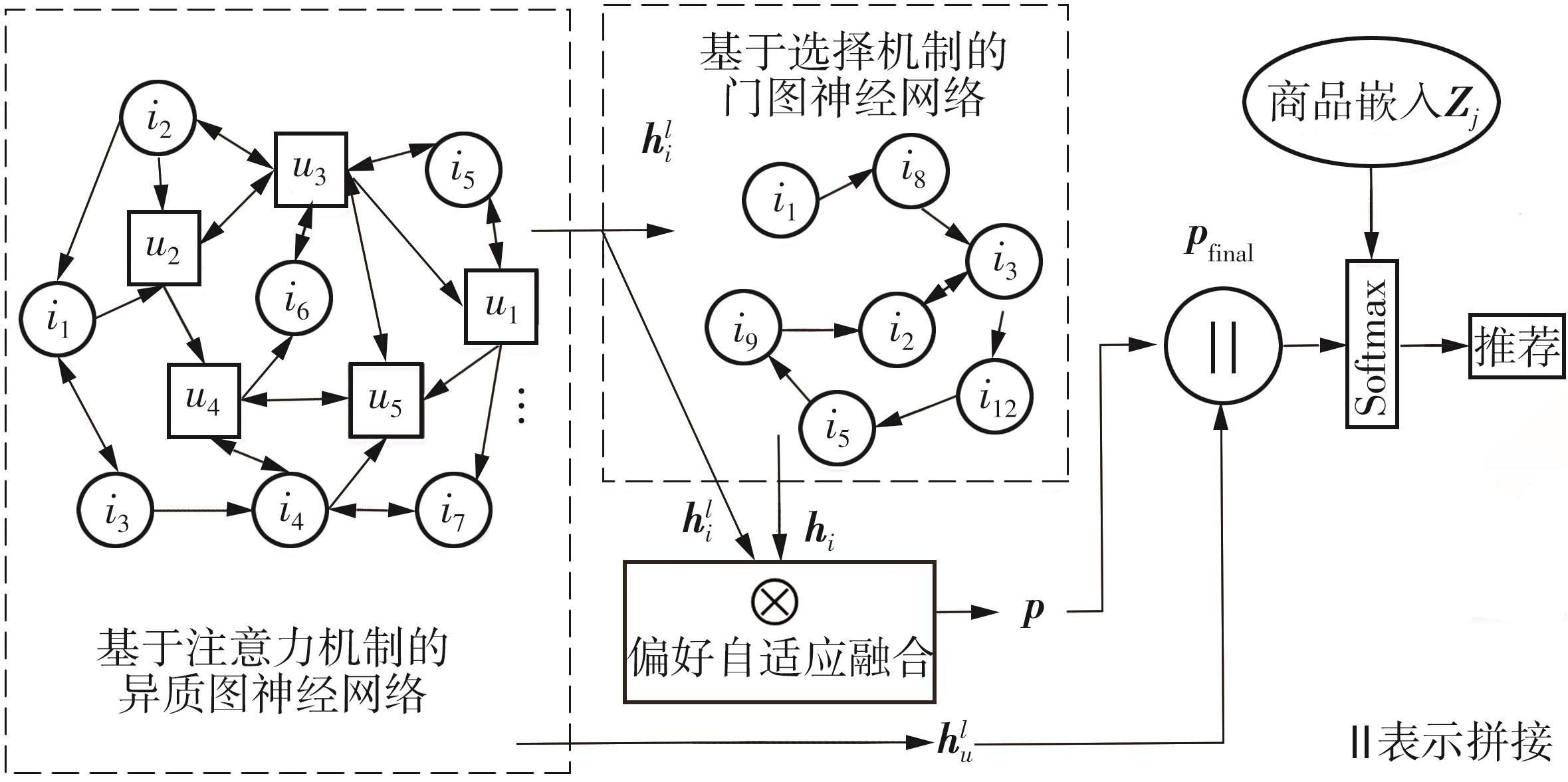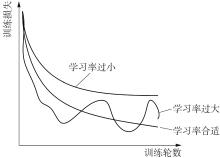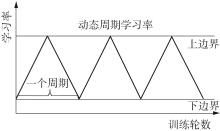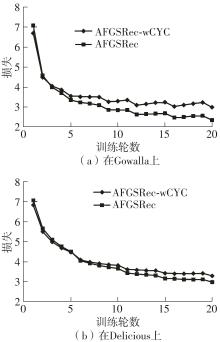| 1 |
WANG S, HU L, WANG Y,et al .Sequential recommender systems:challenges,progress and prospects [C]∥ Proceedings of the Twenty-Eighth International Joint Conference on Artificial Intelligence Survey Track.Macao:Morgan Kaufmann,2019:6332-6338.
|
| 2 |
HIDASI B, KARATZOGLOU A, BALTRUNAS L,et al .Session-based recommendations with recurrent neural networks [C]∥ Proceedings of the 4th International Confe-rence on Learning Representations.San Juan:OpenReview.net,2016:1-10.
|
| 3 |
CHO K, MERRIENBOER B V, GULCEHRE C,et al .Learning phrase representations using RNN encoder-decoder for statistical machine translation [C]∥ Proceedings of the 2014 Conference on Empirical Methods in Natural Language Processing.Doha:Association for Computational Linguistics,2014:1724-1734.
|
| 4 |
BAHDANAU D, CHO K, BENGIO Y .Neural machine translation by jointly learning to align and translate [C]∥ Proceedings of the 3rd International Conference on Lear-ning Representations.San Diego:OpenReview.net,2015:1-15.
|
| 5 |
LI J, REN P, CHEN Z,et al .Neural attentive session-based recommendation [C]∥ Proceedings of the 2017 ACM Conference on Information and Knowledge Management.Singapore:ACM,2017:1419-1428.
|
| 6 |
REN P, CHEN Z, LI J,et al .RepeatNet:a repeat aware neural recommendation machine for session-based recommendation [C]∥ Proceedings of the 33rd AAAI Conference on Artificial Intelligence.Honolulu:AAAI,2019:4806-4813.
|
| 7 |
JI W, WANG K, WANG X,et al .Sequential recommender via time-aware attentive memory network [C]∥ Proceedings of the 29th ACM International Conference on Information and Knowledge Management.New York:ACM,2020:565-574.
|
| 8 |
ZHANG J, MA C, MU X,et al .Recurrent convolutional neural network for session-based recommendation [J].Neurocomputing,2021,437:157-167.
|
| 9 |
WU S, TANG Y, ZHU Y,et al .Session-based recommendation with graph neural networks [C]∥ Proceedings of the 33rd AAAI Conference on Artificial Intelligence.Honolulu:AAAI,2019:346-353.
|
| 10 |
LI Y, ZEMEL R, BROCKSCHMIDT M,et al .Gated graph sequence neural networks [C]∥ Proceedings of the 4th International Conference on Learning Representations.San Juan:OpenReview.net,2016:11-30.
|
| 11 |
WANG Z, WEI W, CONG G,et al .Global context enhanced graph neural networks for session-based re-commendation [C]∥ Proceedings of the 43rd International ACM SIGIR Conference on Research and Deve-lopment in Information Retrieval.New York:ACM,2020:169-178.
|
| 12 |
ZHANG C, SONG D, HUANG C,et al .Heterogeneous graph neural network [C]∥ Proceedings of the 25th ACM SIGKDD International Conference on Know-ledge Discovery & Data Mining.Anchorage:ACM,2019:793-803.
|
| 13 |
XU L, XI W D, WANG C D .Session-based recommendation with heterogeneous graph neural networks [C]∥ Proceedings of 2021 International Joint Confe-rence on Neural Networks.Shenzhen:IEEE,2021:1-8.
|
| 14 |
PANG Y, WU L, SHEN Q,et al .Heterogeneous global graph neural networks for personalized session-based recommendation [C]∥ Proceedings of the Fifteenth ACM International Conference on Web Search and Data Mining.New York:ACM,2022:775-783.
|
| 15 |
SONG W, XIAO Z, WANG Y,et al .Session-based social recommendation via dynamic graph attention networks [C]∥ Proceedings of the Twelfth ACM International Conference on Web Search and Data Mining.Melbourne:ACM,2019:555-563.
|
| 16 |
GU P, HAN Y, GAO W,et al .Enhancing session-based social recommendation through item graph embedding and contextual friendship modeling[J].Neurocomputing,2021,419:190-202.
|
| 17 |
CHEN T, WONG R C W .An efficient and effective framework for session-based social recommendation [C]∥ Proceedings of the Forteenth ACM International Conference on Web Search and Data Mining.New York:ACM,2021:400-408.
|
| 18 |
MA C, KANG P, LIU X .Hierarchical gating networks for sequential recommendation [C]∥ Proceedings of the 25th ACM SIGKDD International Conference on Know-ledge Discovery & Data Mining.Anchorage:ACM,2019:825-833.
|
| 19 |
SMITH L N .Cyclical learning rates for training neural networks [C]∥ Proceedings of 2017 IEEE Winter Conference on Applications of Computer Vision.Santa Rosa:IEEE,2017:464-472.
|
| 20 |
WANG C, ZHU Y, LIU H,et al .Enhancing user interest modeling with knowledge-enriched itemsets for sequential recommendation [C]∥ Proceedings of the 30th ACM International Conference on Information & Know-ledge Management.New York:ACM,2021:1889-1898.
|
| 21 |
YU F, ZHU Y, LIU Q,et al .TAGNN:target attentive graph neural networks for session-based recommendation [C]∥ Proceedings of the 43rd International ACM SIGIR Conference on Research and Development in Information Retrieval.New York:ACM,2020:1921-1924.
|
| 22 |
PAN Z, CAI F, CHEN W,et al .Star graph neural networks for session-based recommendation [C]∥ Proceedings of the 29th ACM International Conference on Information & Knowledge Management.New York:ACM,2020:1195-1204.
|
| 23 |
CHEN T, WONG R C W .Handling information loss of graph neural networks for session-based recommendation [C]∥ Proceedings of the 26th ACM SIGKDD International Conference on Knowledge Discovery & Data Mining.New York:ACM,2020:1172-1180.
|
| 24 |
宋美佳,贾鹤鸣,林志兴,等 .自适应学习率梯度下降的优化算法 [J].三明学院学报,2021,38(6):36-44.
|
|
SONG Meijia, JIA Heming, LIN Zhixing,et al .Optimization research of gradient descent algorithm based on adaptive learning rate [J].Journal of Sanming University,2021,38(6):36-44.
|
| 25 |
DAUPHIN Y, de VRIES H, BENGIO Y .Equilibrated adaptive learning rates for non-convex optimization [C]∥ Proceedings of the 28th International Conference on Neural Information Processing Systems.Cambridge:MIT Press,2015:1504-1512.
|











